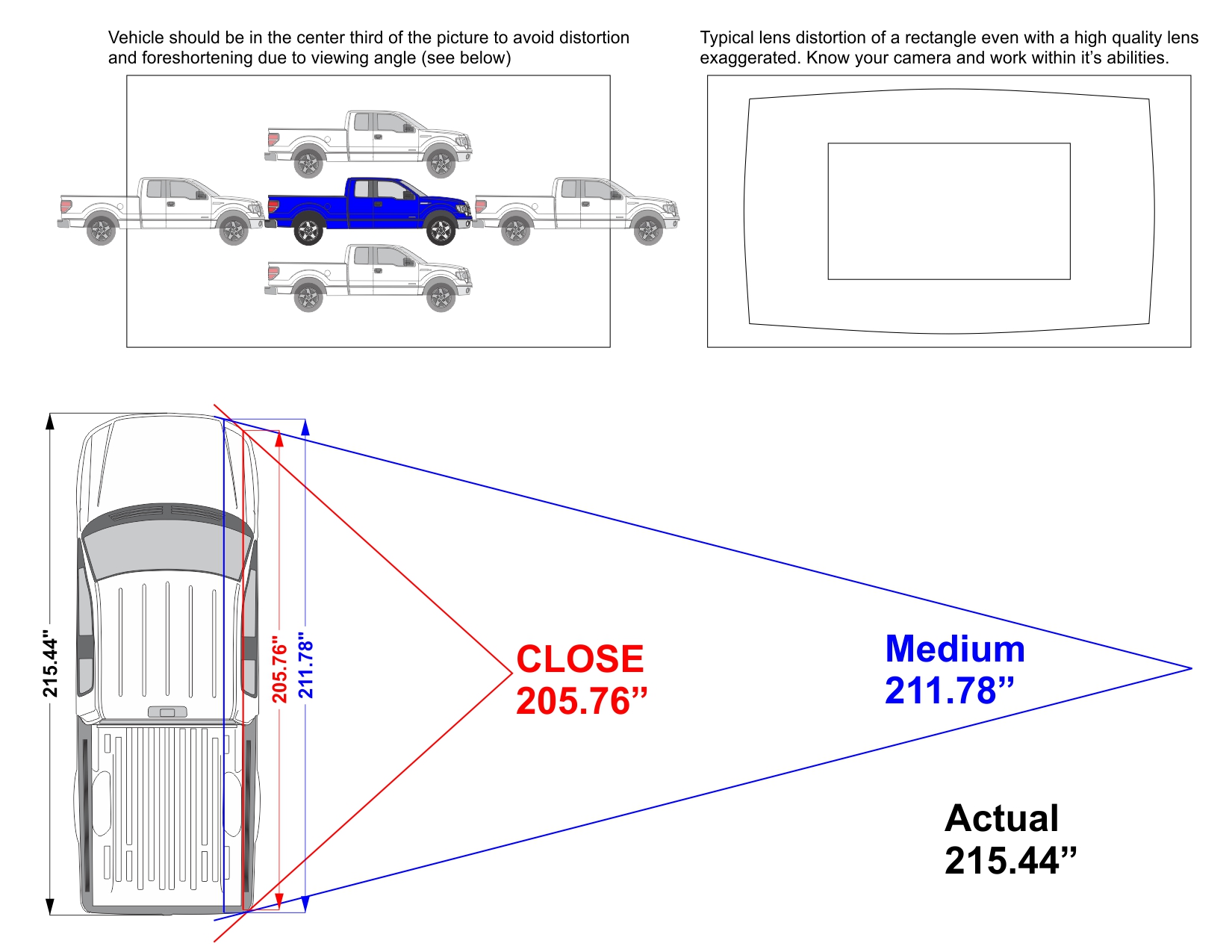Here is a link to a PDF that directly address the accuracy of the major template manufactures produced by my friend Rob Ivers.
Dropbox - Using Vehicle Templates.pdf
That was really cool. Thank you for re-dropping that here. I have used many templates and none are better than Stanley! I prefer Mr. Clipart because I feel as though their templates account for body curvature and I have yet to get one wrong from them. Not the case with Bad Wraps. The Bad Wraps does not account for perspective and curvature and I have had more than one issue with falling short thanks to their templates. The Bad Wraps is only good for realistic rendering and if used should be backed up by hard numbers.
I used to do a lot of design and print work for a local wrap company who neither had an artist or a printer and it was very frustrating getting accurate numbers and photos. I would often get the most random measurements with no indication of their ID or OD location points and more often than not I would get inexplicably stacked series of measurements without an overall dimension to accompany them. Despite repeated sizing issues, and several pleadings by me for a systematic approach to measurements we never found our stride working together and ultimately I had to back away from our working relationship. I felt responsible for the sizing mistakes even though they were not my mistakes and honestly my soul suffered immensely because of this communication issue.
My tip is to composite the actual vehicle with the templates backed by hard numbers from Stanley. Also, never trust someone for measurements who has never designed and wrapped a vehicle unless you like your soul to suffer.
Whenever I visit a vehicle to be wrapped I will either print the template, or sketch a very loose version of the vehicle and then proceed to define measurement points with specific measurements that can later be translated by anyone. For instance, if the measurement wraps around a corner then I draw a curved arrow to trigger where the location starts and ends. Then I take profile pics with a 12x12 square magnet on the corners (learned this from my buddy Eric). Later you simply need to resize the photo until the squares are 12x12. Having two corners helps you get further accuracy over a single square.
If you are going to create crossover graphics from fenders to hood then I use application tape to create simple templates for joining points and angle changes. You can then later rebuild this template in scale and have a higher predictability for the output.
Happy wrapping! and YES use templates if available.

